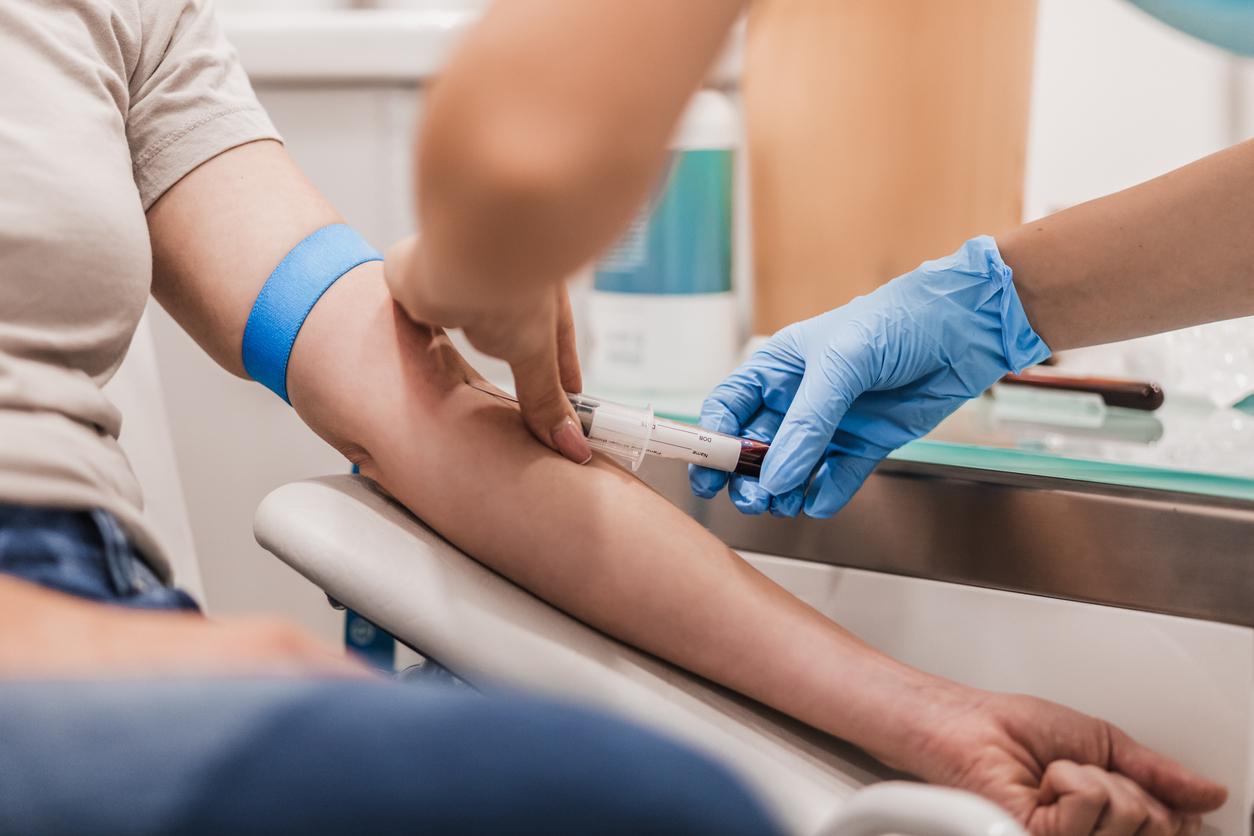- Definition: What is bruxism?
- What are the different forms of bruxism?
- What are the symptoms of bruxism?
- Diagnosis: how do you know if you have bruxism?
- Causes and risk factors: what triggers bruxism?
- What are the treatments for bruxism?
- Can bruxism be cured naturally?
- Bruxism: What exercises to relax the face?
- What are the complications and consequences related to bruxism?
- What prevention tips to avoid grinding your teeth?
Definition: What is bruxism?
THE bruxism is very often caused by stress. From the Greek “bryxo” which can be translated as “cringe“, this consists of having involuntary contractions of the jaw. Bruxism generally manifests the night.
What are the different forms of bruxism?
THE bruxism is a usually nocturnal symptom. It can also be diurnal, but this situation is rarer. There are two kinds of bruxism:
- THE static bruxism which consists of clenching the jaw involuntarily and most often, unconsciously.
- THE dynamic bruxism which includes static bruxism with, in addition, a forward-backward movement of the jaw.
What are the symptoms of bruxism?
When left unchecked, bruxism can have serious long-term consequences. It can wear down the enamel as well as the dentin, making the teeth more sensitive. The jaw joint can also become damaged and eventually reach the nerve or, in extreme cases, fracture the tooth.
Diagnosis: how do you know if you have bruxism?
In order to diagnose bruxism, the dentist will ask questions. If the patient suffers from headaches, jaw pain or cheeks upon waking, then the dentist will be able to observe if there is premature wear of the teeth.
Causes and risk factors: what triggers bruxism?
THE causes are relatively identical to all patients with bruxism. They undergo too much stress and have to deal with an anxiety that is expressed during the night period.
What are the treatments for bruxism?
The most commonly used technique to treat bruxism is to place an occlusal splint. This piece of rigid plastic is perfectly adapted to the patient’s dentition. Placed at the top and worn every night, the gutter will protect the patient’s teeth and prevent premature wear of the teeth. However, this solution does not address the root cause of bruxism.
Can bruxism be cured naturally?
For treat bruxism naturally, it is about reducing the level of stress during the day in order to sleep peacefully. To do this, the patient with bruxism can decide to play on several factors. Hypnosis, yoga, meditation, osteopathy are all ways to lower the level of stress. A change in diet or the decision to work less can also significantly reduce bruxism.
Read also: why consult a posturologist in case of bruxism?
Bruxism: What exercises to relax the face?
You can also learn to relax your face. To help you relax and de-stress your face, here is the 4 stages of a self-massage to practice several times during the day. Important detail before you start: if you wear glasses, start by taking them off.
1-Start with the forehead
- Using your fingertips, rub your forehead from bottom to top then massage your temples.
- Smooth your eyebrows two or three times from the inside to the outside and gently descend towards the sides of the nose passing by the underside of the eyes.
- Repeat this movement several times.
2-Continue with the eyes
- Bend your thumbs and place the joint of your thumbs at the base of the nose (in the inner hollow of the eye). Press a little on these points (without pressing on the eyeballs).
- Move down the knuckles along the nose before going along the lower edge of the cheek bone. This movement massages the pterygoid muscle (the muscle that elevates the jaw) and the masseter muscle (the main muscle of mastication).
- Both participate in the closing of the jaw and this massage allows to relax and de-stress it.
3-Continue with the cheeks
- Massage your cheeks with your fingers, without hesitating to deform your face, as if you were working with modeling clay. The ideal is to succeed, little by little, in dropping the jaw, as if it were going to fall to the ground!
- Bring your fingers up to your temples and go around your ear. This gesture should be repeated several times because the temporal muscles are linked to the jaws and also need to be relaxed to relax the jaw.
4-Finish with the jaw
To relax the jaw, it is important to massage the muscle under the chin (called the skin muscle of the neck). Massage it by pressing under the jaw firmly with the thumbs.
What are the complications and consequences related to bruxism?
Bruxism skills can have a serious impact on the patient’s daily life. The teeth are the first affected since they are weakened by the pressure caused by bruxism. Of the pains and headachescan be disabling upon waking. The rigidity of the jaw area can be felt throughout the day and eventually the risk of a tooth fracture is real.
What prevention tips to avoid grinding your teeth?
Do lower stress level is the first thing to do. It is up to everyone to find the way to relax that is effective for them. It may also be relevant to avoid hard candy or chewing gum that encourages the chewing reflex. Massages of the affected area can also have a quick and effective effect!

















